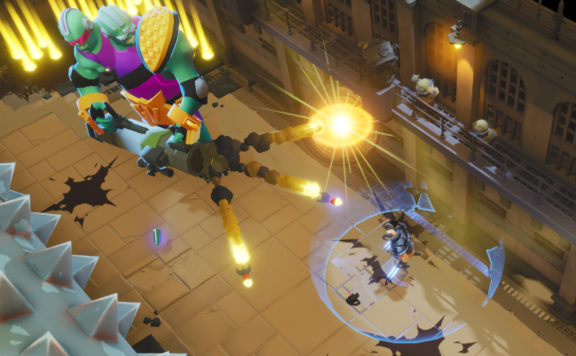The developers from Paradox Interactive have announced an upcoming update 2.0 Marius for Imperator: Rome, aimed at addressing pacing, warfare and UX.
Pacing-wise, the team aims to achieve a more consistent and choice-based progression to the flow of the game. As of right now, much of what the game offers you is available to you from the very beginning, and there are fewer ways to customise your playstyle than the developers would prefer. The team will be looking at overhauling the inventions system and the military traditions system in order to effect a more intuitive system of progression that allows for a sense of advancement and identity to develop over the course of a game.
Warfare will receive a pretty big update. The focus for 2.0 will be on tying the recruitment system(s!) into the rest of the simulation, as well as adding a much larger recognition for the cultural diversity of military forces in different parts of the map. There are of course many additional improvements coming to the warfare aspect of the game, from forts and sieges, to wargoals and cohorts.
In the Marius update, the devs will be focusing on greatly improving the user experience on an interface level, as well as including a completely new art style. Since it’ll be entirely impossible to avoid showing any features off without teasing at the UI rework, the team shared a few in-progress shots from the highly experimental branches.
The bright visual identity of Imperator was tied to too many periphery elements (branding, key art) to change at this stage; it’s something we intend to work with and refine going forwards – we’ll be preserving this lighter style, in contrast to some our sister titles such as Crusader Kings, which opted for a darker approach. I wanted a bold style, dropping a lot of the unnecessary cornels and border decorations that took up a significant quantity of screen real estate. You’ll notice we still have decoration; this is used more carefully, and serves a purpose of its own – to draw attention or indicate the relative importance of an interface, or to create a feeling of immersion with pictures and scenes.








